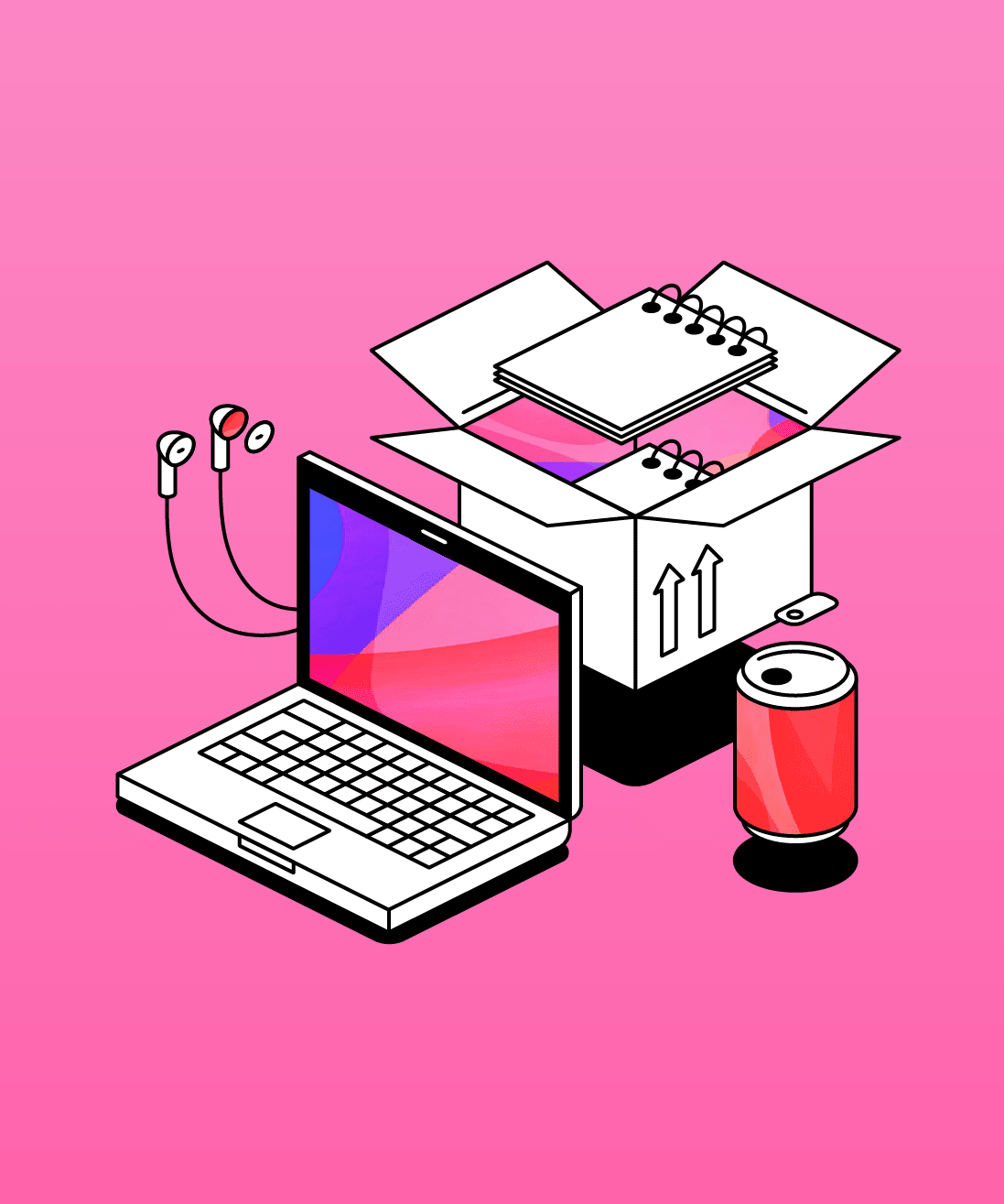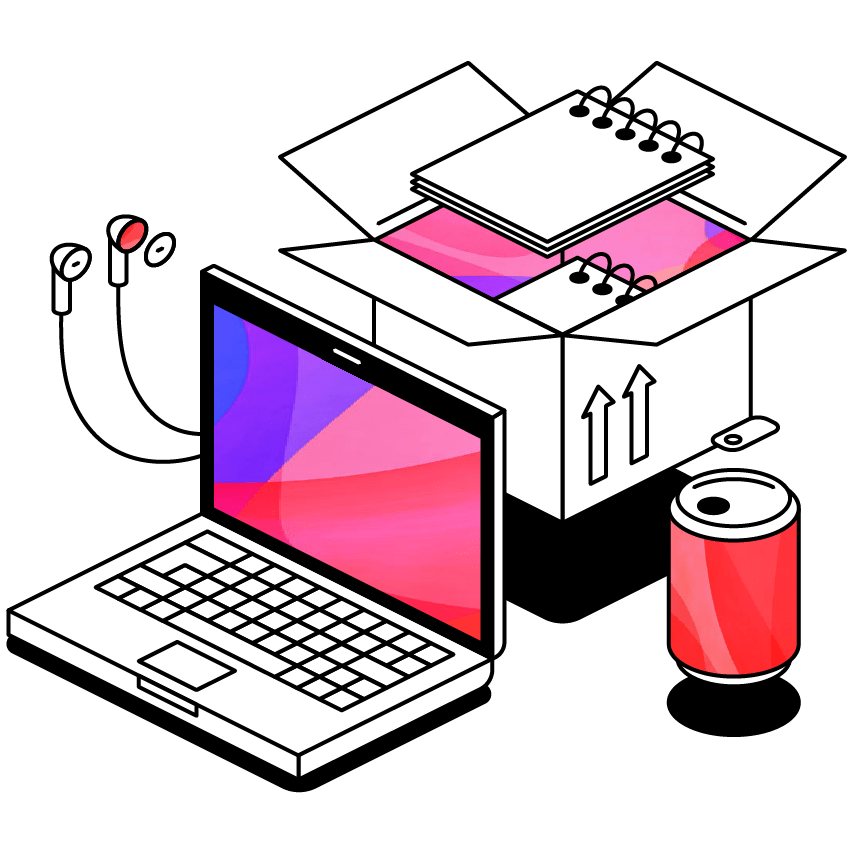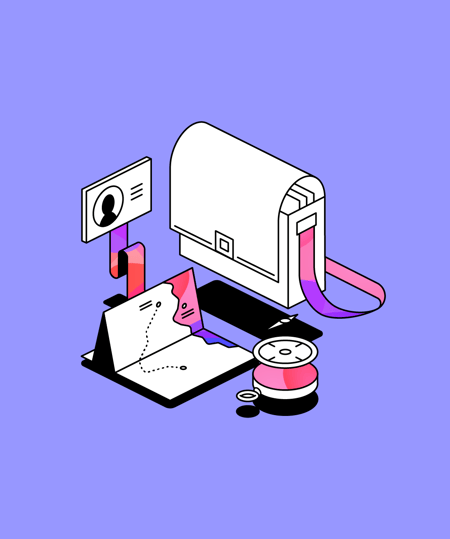Helping Students Become Independent Learners with Tech
Implementation of assistive technology in the classroom is about empowering students with disabilities. Learn how it nurtures skills such as note taking.
 3 min read
3 min read
 Published: 1 Apr 2019
Published: 1 Apr 2019
 Luke Garbutt
Luke Garbutt


Implementation of assistive technology in the classroom is, at its heart, about empowering students with disabilities.
And its ability to help nurture crucial study skills such as note taking, self-regulation, organization and active listening is how it delivers.
As we’ve mentioned elsewhere, traditional classroom accommodations (like peer notetakers or verbatim transcription) often involve short-term, expensive fixes that rarely help students develop.
So we want to look at assistive technology’s role in helping students become independent learners.
A Problem
First, let’s look at note taking.
It’s a fundamental study skill, but a traditional approach to overcoming obstacles has the potential to actually hinder rather than improve the classroom experience for students with disabilities.
We’re talking specifically about the use of peer note takers.
Tearing off the Band-Aid
Peer note takers are like Band-Aids – they might provide a temporary fix, but they do nothing to address the underlying issue with note taking. By eliminating a student’s need to take notes, they create dependency on the note taker and threaten classroom engagement.
The task of a forward-thinking Disability Service department should be to tear the Band-Aid off and find a lasting solution that will truly benefit students, allowing them to take responsibility for their own learning and develop transferable skills for the workplace.
If implemented correctly, note taking technology both accounts for the needs of the student and provides the scaffolding to build lasting skills.
We’ll show this by looking at what student independence means for disability support, how AT can help you achieve this objective and how your students could stand to benefit.
Student Independence & AT
We have a separate piece on our blog about independent learning and the obstacles students with disabilities face.
Here, we want to expand on these ideas by discussing another commonly referenced definition of ‘student independence’ in the form of Philip Candy’s ‘Self Direction for Lifelong Learning’.
Using earlier work from Forster (1972), the four core elements of independent learning are as follows:
- “Independent Study”
- “Choice of Direction”
- “Choice of Process”
- “Responsibility on the Student”
If we look at each of these components separately, we can begin to see more clearly how Assistive Technology can help foster independence for students with disabilities.
Independent Study
This is defined as ‘a process, a method and a philosophy of education in which a student acquires knowledge by his or her own efforts and develops the ability for inquiry and critical evaluation’.
This itself reads like a sound objective for those in higher education to aspire towards. Like learning to ride a bike, the transition to higher education and beyond is about taking the training wheels off and encouraging students to trust themselves.
Choice of Direction
‘Freedom of choice in determining […] objectives, within the limits of a given project or program and with the aid of a faculty adviser.’
Forging your own trail through a program is what makes the Higher Education experience uniquely rewarding, and choice is a central component of UDL.
Every opportunity should be given to all students to zone in on what interests them within the scope of their course(s). Disabilities like ADHD, ASD, Dyslexia, physical impairments and mental illness can create obstacles, but solutions shouldn’t impede a student’s freedom to pursue their own path.
And, just as importantly, they should draw on the unique strengths and capabilities students with these conditions possess.
Choice of Process
‘Freedom of process to carry out the objectives’
Working out how you work best is something most of us have to go through at some stage, and there’s always room for improvement and change. Being overly prescriptive in how we encourage others to work can limit their independence, and it’s something we unintentionally do when we use one-size-fits-all accommodations for students with disabilities. Maintaining choice of process should therefore involve the use of a variety of supports.
Responsibility on the Student
Unsurprisingly, independence in learning ultimately involves transferring responsibility from the teacher to the student. Returning to the cycling analogy, the skills of ‘inquiry and critical evaluation’ depend on how well-equipped individuals are to ride alone.
Where can AT help?
Implementing the vision we mention above should be paramount for Disability Services to improve support.
What could be crucial to this is using Assistive Technology in the classroom to create greater self-sufficiency.
AT & Independence
We believe that Assistive Tech’s ability to scaffold the learning process could help hurdle obstacles a disability can present by empowering students to take ownership of their own learning.
It achieves this by levelling the playing field between students with a disability and those without at a time of difficult transition.
Taking up the responsibility to self-advocate is something that faces each student with a disability in Higher Education, a responsibility many will never have experienced before. But amidst the challenges of college lies the potential for true academic independence.
And a laptop or mobile device could help this objective.
Written by Luke Garbutt

More from Better Learning
View All
 2 min read
2 min read
3 student-proven time management techniques that work
From navigating demanding college schedules to excelling in the professional sphere, time management is a vital skill. Glean's student ambassador, Sherrie Zhao, shares her first-hand experiences and proven techniques for mastering this essential skill, offering valuable insights for students and professionals alike.

 5 min read
5 min read
How Glean helps first generation students overcome challenges
Being the first in your family to step onto a university campus is a triumph. But beneath the pride lies a unique landscape of pressures and uncharted territories. This blog explores the hurdles first gen students encounter and how Glean provides the support needed to unlock their full potential.

 2 min read
2 min read
Master class notes with text formatting
Your note taking just got an upgrade! We’re thrilled to announce that text formatting features are now live in your app. Let's take a look at how you can use text formatting to make the most of your notes.





